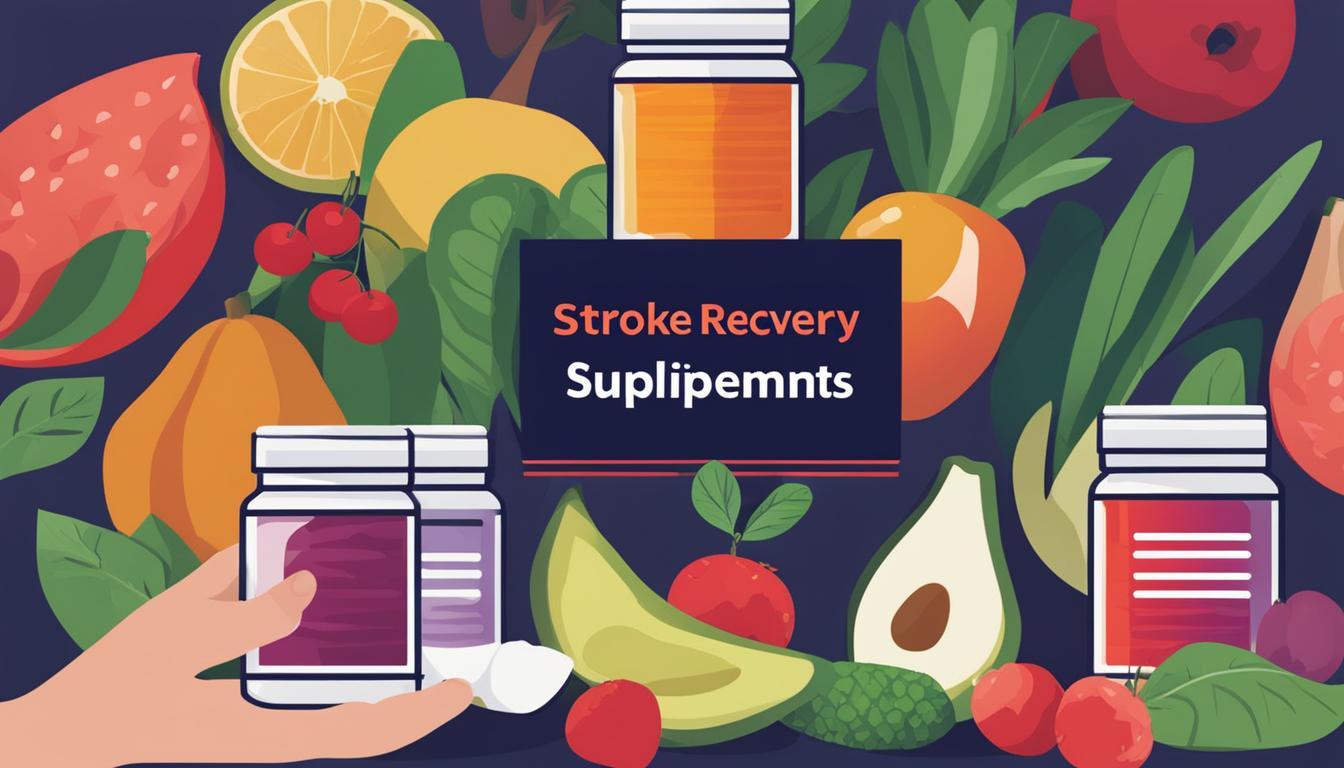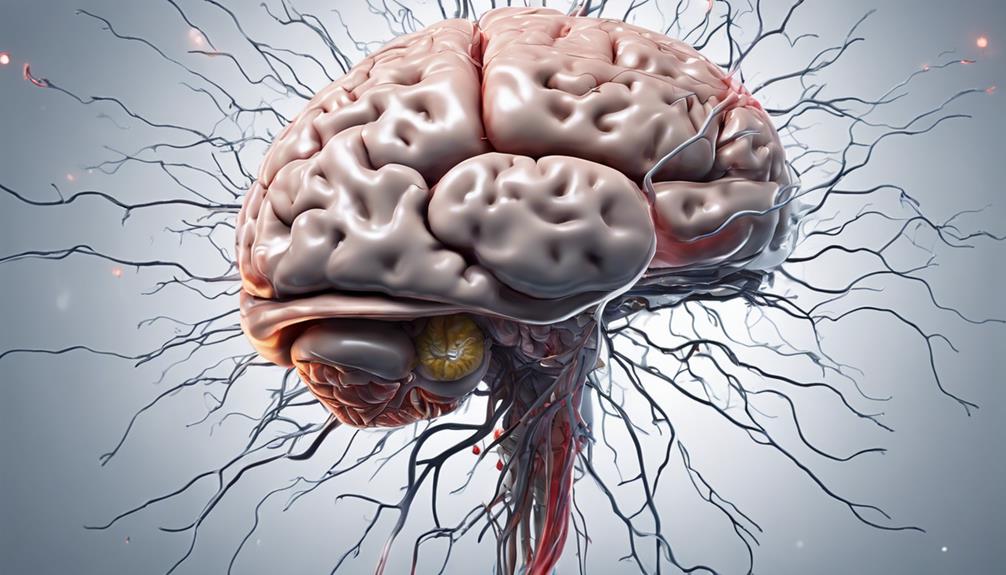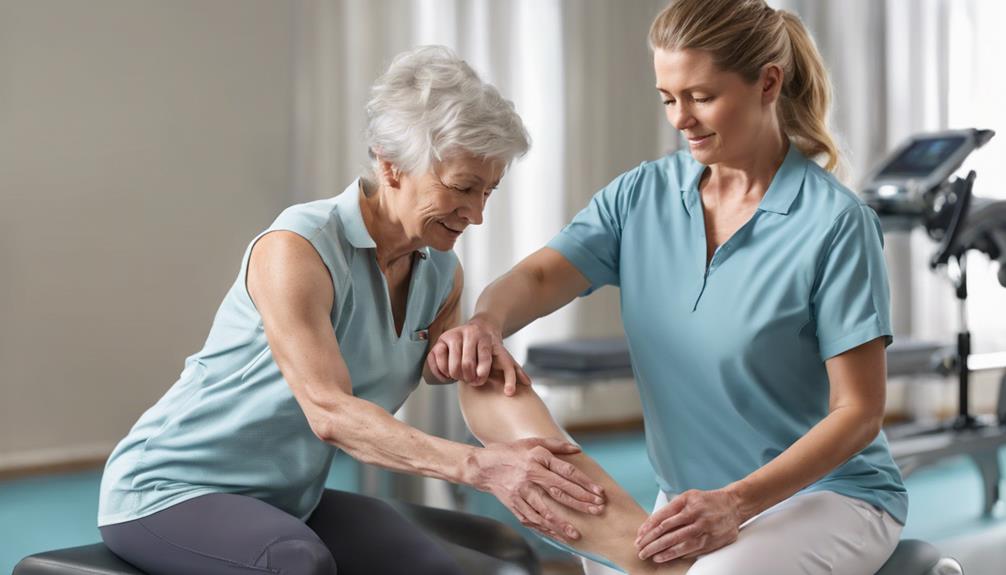To adapt your home for a stroke survivor, focus on safety and accessibility. Install motion-activated lighting, grab bars, stair lifts, and ramps to prevent falls and facilitate movement. Use adaptive devices like voice-activated appliances and adjustable beds to support independence. Organize your space with clear pathways, non-slip rugs, and reachable storage to reduce hazards. If you keep exploring, you’ll discover more practical steps to create a secure, supportive environment tailored to their needs.
Key Takeaways
- Install motion-activated lighting and grab bars to enhance safety and reduce fall risks.
- Use ramps, stair lifts, and mobility aids tailored to the survivor’s needs for improved accessibility.
- Organize the home with clutter-free pathways, non-slip rugs, and reachable storage for safety and independence.
- Incorporate adaptive technology like voice-activated devices and adjustable beds to support daily activities.
- Train caregivers in device use and safety protocols to ensure consistent, effective assistance.

Adapting your home for a stroke survivor is crucial to promote safety, independence, and comfort during recovery. One of the most effective ways to achieve this is by incorporating adaptive technology that can help your loved one perform daily tasks with greater ease. For example, installing motion-activated lighting ensures that your loved one can see clearly at night without fumbling for switches, reducing the risk of falls. Leveraging grab bars, stair lifts, and ramps makes navigation safer and more manageable, especially if mobility is limited. These technological solutions are designed to address specific challenges and can markedly improve quality of life.
Incorporate adaptive technology like motion-activated lighting and grab bars to enhance safety and independence.
In addition to installing adaptive technology, caregiver training plays an indispensable role in creating a safe and accessible environment. Proper training equips you with the skills to assist your loved one effectively, whether it’s helping with mobility, personal care, or household tasks. You’ll learn how to use adaptive devices correctly, reducing the risk of injury to both yourself and your loved one. Training also covers recognizing signs of fatigue or distress, so you can respond promptly and appropriately. Being well-prepared boosts your confidence and ensures that your loved one receives consistent, safe support throughout their recovery.
When adapting your home, it’s important to think about the specific needs of the stroke survivor, which can vary widely. For some, speech or cognitive challenges might require visual cues or simplified layouts, while others may need mobility aids. Adaptive technology can include voice-activated devices, adjustable beds, or remote-controlled appliances that minimize physical strain. Caregiver training should encompass these tools, as well as safety protocols, emergency procedures, and ways to encourage independence without compromising safety. Additionally, understanding available support options, such as support hours, can help you coordinate care and plan effectively for ongoing assistance.
Creating a home environment that fosters independence also involves organizing spaces to minimize clutter and obstacles. Clear pathways, non-slip rugs, and reachable storage make everyday activities safer and more manageable. Regularly reviewing and updating these adaptations ensures they remain effective as the survivor’s needs change over time. Remember, the goal isn’t just safety but also empowering your loved one to regain as much independence as possible.
Frequently Asked Questions
How Can I Ensure My Home Remains Safe Long-Term for a Stroke Survivor?
You can guarantee your home stays safe long-term for a stroke survivor by organizing medication management systems, like pill organizers or reminders, to prevent errors. Keep pathways clear and install grab bars in key areas to prevent falls. Offer emotional support regularly, encouraging open communication and patience. Regularly review safety features and adapt as needed, fostering a secure environment that promotes independence and well-being for the survivor.
What Are Cost-Effective Modifications for Home Accessibility Improvements?
You can make budget-friendly upgrades by installing grab bars and handrails with DIY accessibility solutions, which are easy and cost-effective. Consider replacing doorknobs with lever handles for easier use. Using non-slip mats and ramps can also improve safety without big costs. These simple modifications help your home become more accessible, empowering the stroke survivor to move around safely and comfortably, all while saving money with DIY projects.
How Do I Involve the Stroke Survivor in Home Adaptation Decisions?
You should involve the stroke survivor in decision-making by actively listening to their preferences and concerns. Encourage patient empowerment by asking for their input on home modifications, ensuring they feel valued and in control. Discuss options together, explain the benefits, and respect their choices. This collaborative approach promotes independence, boosts confidence, and makes adaptations more effective, ultimately creating a safer, more comfortable environment tailored to their needs.
Are There Specific Legal or Insurance Considerations for Home Modifications?
You should check your liability coverage and insurance policies to understand what home modifications are covered and if you need additional coverage. Also, review zoning laws and local building codes to make sure your adaptations are compliant. Consulting with your insurance provider or a legal expert can help you navigate any legal or insurance considerations, avoiding potential issues and ensuring your home modifications are properly protected and compliant.
How Can I Train Family Members to Assist With Safety and Mobility?
Did you know that family members often become the primary caregivers, providing vital support? To train them, organize hands-on sessions covering emergency preparedness and mobility assistance, emphasizing safety protocols. Encourage emotional support strategies to boost confidence and reduce stress. Regular practice, clear communication, and shared responsibilities help guarantee your loved one’s safety and comfort. Empower your family to respond effectively, fostering a safe environment and strengthening emotional bonds.
Conclusion
While you might think making your home safer and more accessible is a huge challenge, it’s ironically the one thing that can give you peace of mind. By adapting your space now, you’re actually creating a smoother path to recovery — for both your loved one and yourself. So, instead of waiting for accidents to happen, take action today. After all, a little effort now can turn your home into the safest place they’ll ever need.









